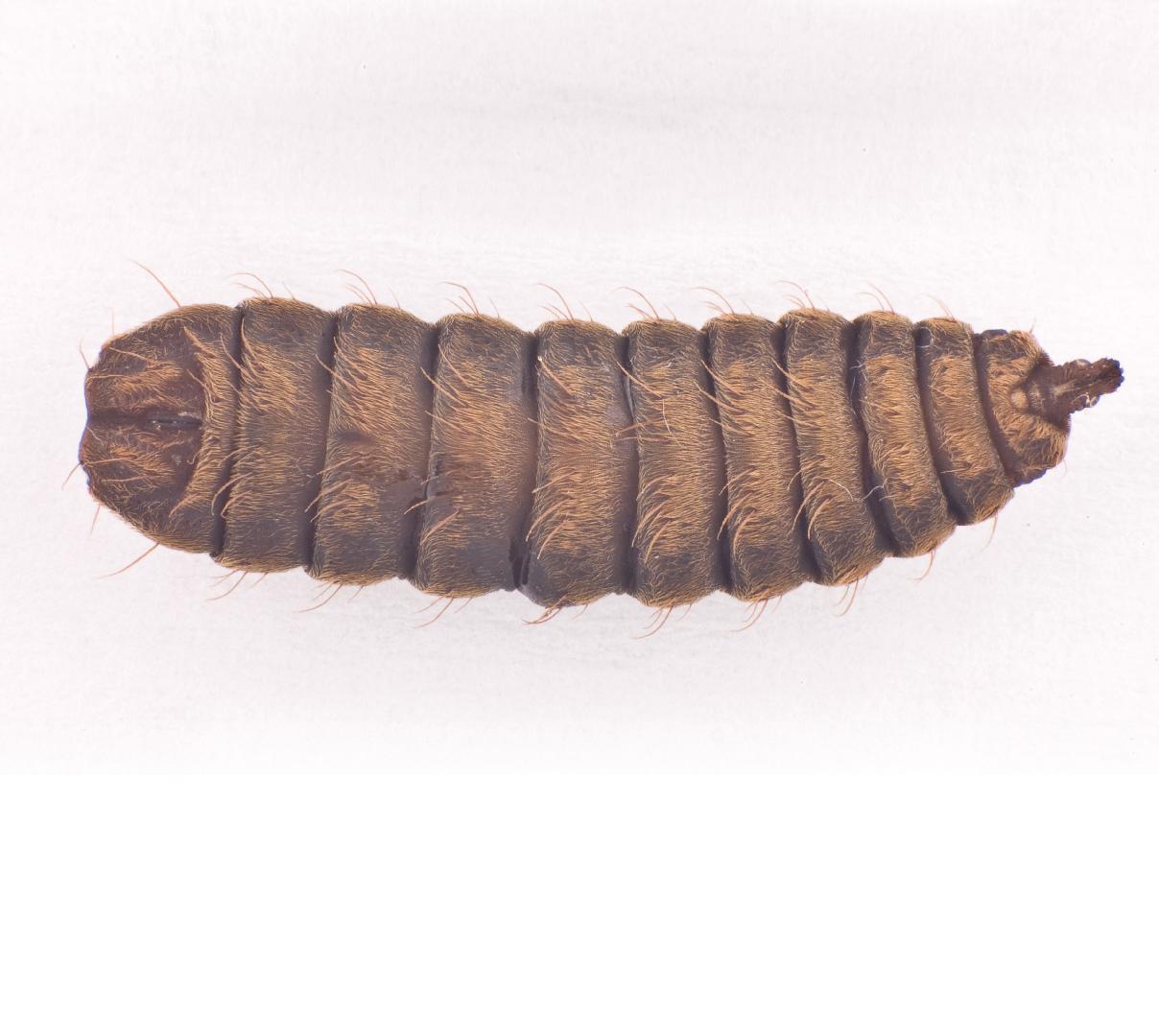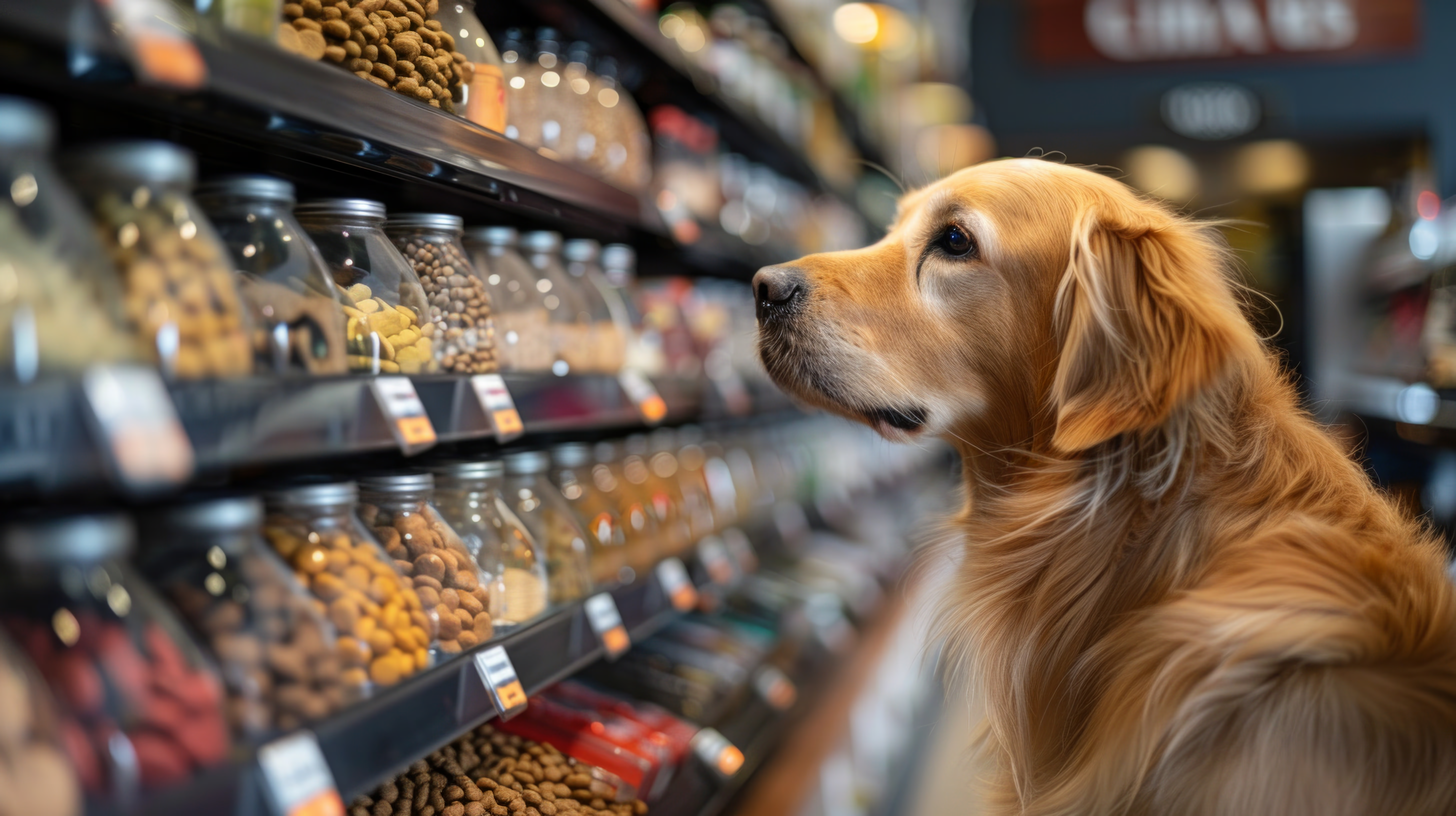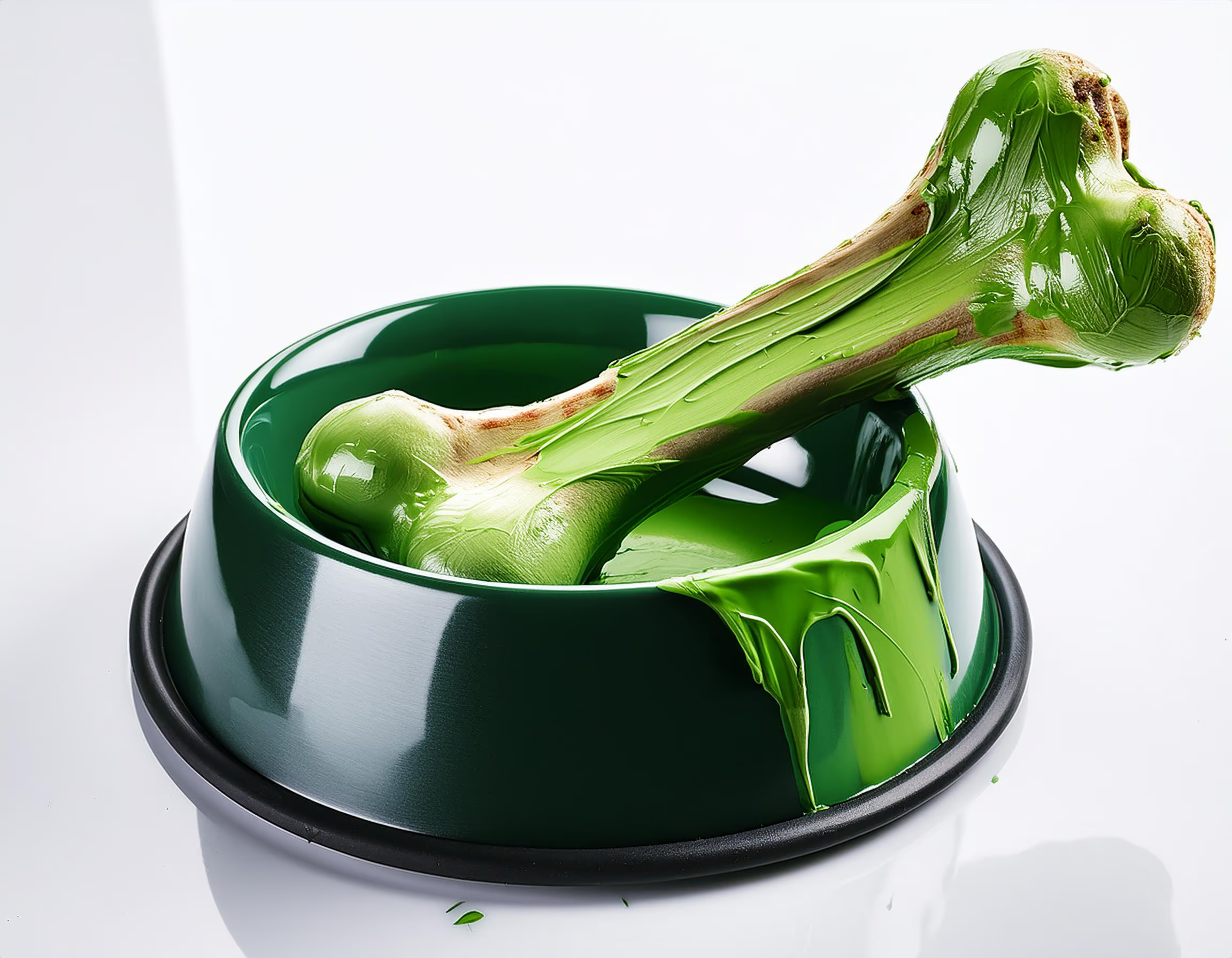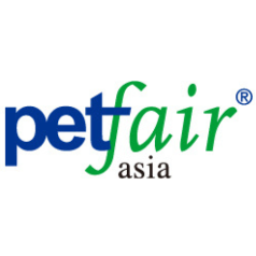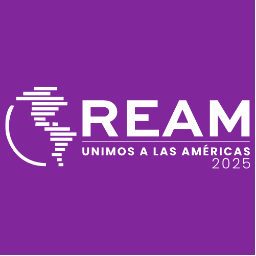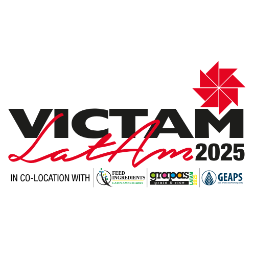The impact that our civilization has on the functioning of the environment is increasingly evident and less debatable. Although there are still niches of controversy and rejection of the idea that human development is responsible for changes in the functioning of the climate and global processes of the planet, a large part of the population has already adopted this idea as true and has also taken measures concrete to mitigate the footprint that each of us leaves.
The vision of this crucial issue for society is strongly influenced by age range, so young people are not only more concerned about this issue and less likely to deny it, but also take the lead in incorporating concrete behavior changes that modify their consumption habits.
There are several very marked trends in the new generations regarding their way of facing consumption to meet their needs, one of the fastest growing is to replace the consumption of products of animal origin with alternatives, mainly vegetables. This has generated a whole range of profiles that can be classified into one of these groups.
Flexitarians: they admit the consumption of meat and animal products in a moderate and sporadic manner, mainly on social occasions, they give priority to the consumption of vegetables and vegetable derivatives. They represent approximately 16% of the global population and 85% are under 60 years of age.
Vegetarians: they do not consume meat, but they do consume some derivatives such as dairy, eggs and honey. About 10% of the world's population is vegetarian, India alone has over 350 million vegetarians.
Vegans: do not consume any type of animal product, including leather and events where animals are used. They represent 3% of the world's population.
Regardless of the specifics of each group, together they represent 29% of the world's population and share these common traits:
- 60% of the three groups are under 44 years of age.
- More than 70% carry out wellness activities such as exercise and meditation.
- More than 60% carry out activities related to caring for the environment, including preferential purchasing from socially responsible companies.
- More than 40% prefer to spend money on experiences rather than goods.
Now, how does all this impact the pet food industry in a concrete way? On the one hand, the strong trend towards the humanization of pets makes people transfer their habits to their pets, on the other hand, the decrease in meat consumption brings with it a decrease in the supply of by-products of animal origin, generating uncertainty about protein supply in the immediate future. The end result is that a constant trend has been generated in recent years towards the development of vegetarian or vegan products for pets and the incorporation of alternative protein sources, for the development of new products.
Perhaps the most consolidated trend regarding the incorporation of new protein sources is the so-called Grain Free, in which in addition to replacing the starch in cereals, traditional proteins are also replaced by alternatives that come from legumes and vegetables. But this trend is not necessarily vegetarian. If it is important to highlight its presence because it has already generated a permanent market space and where alternative ingredients and formulations have already made the way to break two great barriers, the cultural one for humans and that of palatability for pets.
When developing vegetarian pet food alternatives, the key point to be resolved is the protein source, which must not only be concentrated, but also must have a complete amino acid profile for the nutrition of dogs and cats.
There are currently three main categories of alternative proteins available
Established and available sources: soy, pea, lupine, potato, wheat and corn protein. They have a robust industrial chain with sufficient scale to supply the needs of the human and pet food industry. Due to their scale, they have competitive prices and are constantly available without seasonality or breaks in market stocks. Almost all these proteins are the result of a process of separation of the components of these vegetables. In the case of soybeans, what is most interesting is its oil, and the protein is a by-product of this separation; in the case of corn, wheat and potatoes, what is of interest is their starch and proteins remain as an important secondary product. In the case of peas and lupines, both starch and proteins are important products for the meat processing industry. They have large cultivated areas, the vegetables have been genetically improved by natural selection or genetic engineering to have very high yields, the production technology is highly developed and the consumption of water and the use of chemicals in these plant species have been optimized. They are already present in most pet foods on the market today.
Emerging protein sources with limited availability: purified proteins from chickpea, lima beans, lentils, rapeseed and beans. They have fewer cultivated areas globally, tend to be more environmentally friendly crops and are often certified organic. Its industrialization chain is not fully established but more and more plants are adding installed capacity to process and separate proteins, starches, fibers and oils from these vegetable sources. In general, the production of these proteins is specific to the production of proteins themselves, and not a by-product of a larger-scale industry, so their prices are above well-established sources. While they have volume limitations on a global level, they can be counted on on a regular basis for specific uses, the global supply of pet protein cannot yet be solved by relying on these emerging solutions. They usually add additional interesting benefits for the environment, such as increasing crop diversity, allowing crop rotation, many of them are free of genetic modifications (but this also reduces their yield) and also add a quota of local availability of protein sources that reduces the incidence of freight and transport energy costs.
Emerging sources of alternative proteins: Isolated proteins from Quinoa, Sunflower, Algae, Duckweed and Insects (crickets and fly larvae mainly soldier). As they are novel sources of protein in general, they have already been established with criteria of circular economy and careful availability near the source of consumption to avoid emissions and unnecessary energy costs. On the other hand, almost all of them do not compete directly with human food, both in their final use and in the way they are grown. In the special case of insect proteins, although they are not plant based, they can be considered friendly for the development of vegetarian products.
All these novel sources have smaller and underdeveloped cultivation areas, they also have industrial chains that are not fully established and a large part of them are being introduced to the human and animal food market, so some cultural barriers for their consumption must still be broken, on all insects.
However, they have very interesting prospects for long-term sustainability.
Duckweed is an aquatic plant and both it and algae can be grown in water without occupying land areas. Both have high crop yields, close to 20 tons / ha / year for duckweed and 40 tons / ha / year for algae. The amino acid profiles are complete and also, in the case of algae, they have a high concentration of omega 3 and 6 fatty acids in their fat. A major disadvantage is that they are only suitable for hot and temperate climates.
Quinoa has the advantage of being adaptable to many types of climates and naturally having high yields, it also has a very complete amino acid profile and a high protein content. Culturally it is already fully accepted by the population and is even considered a superfood and a beneficial product for food.
Analyzing in detail the case of protein from insects, it should be noted that from the point of view of sustainability they are the ones that have the best perspective. Insects can grow by efficiently consuming organic waste from other industries, insect meal is low in fat and very rich in proteins with a full amino acid profile. Far fewer resources are used to produce a ton of insect meal than to produce a ton of animal meal (less water, less energy, less acreage, and fewer emissions). The insect protein industry was already born under the concept of circular economy, so it tries to solve all the problems related to its relationship with the environment during its scaling up.
Finally, we will briefly review the challenges posed by the development of pet foods based on alternative protein sources, mainly plant based to offer vegetarian or vegan alternatives to consumers.
Regarding nutrition, it is necessary to make sure that the protein sources have all the essential amino acids for dogs and cats and if not, pure supplements should be used, mainly methionine and lysine.
Another technical challenge is solving the palatability of the food, since vegetable fat sources are less palatable to pets than animals. On the other hand, the current flavorings are all based on the hydrolysis of animal proteins, there are alternative solutions based on other proteins, but still under development and with little availability in the local market.
As in the case of human food, the change to a vegan or vegetarian diet must be monitored to ensure that the intake of amino acids, vitamins and minerals essential for the body is met. On the other hand, this type of diet does not have to be less palatable or less pleasant for both humans and pets, so the search for satisfactory palatability solutions is a highly dynamic field in the food industry since they have not yet been covered. fully meet the expectations of consumers seeking wellness, convenience and enjoyment.
Fuente: All Pet Food
You could be interested: Greenwashing in pet food: what it is and how to avoid it












